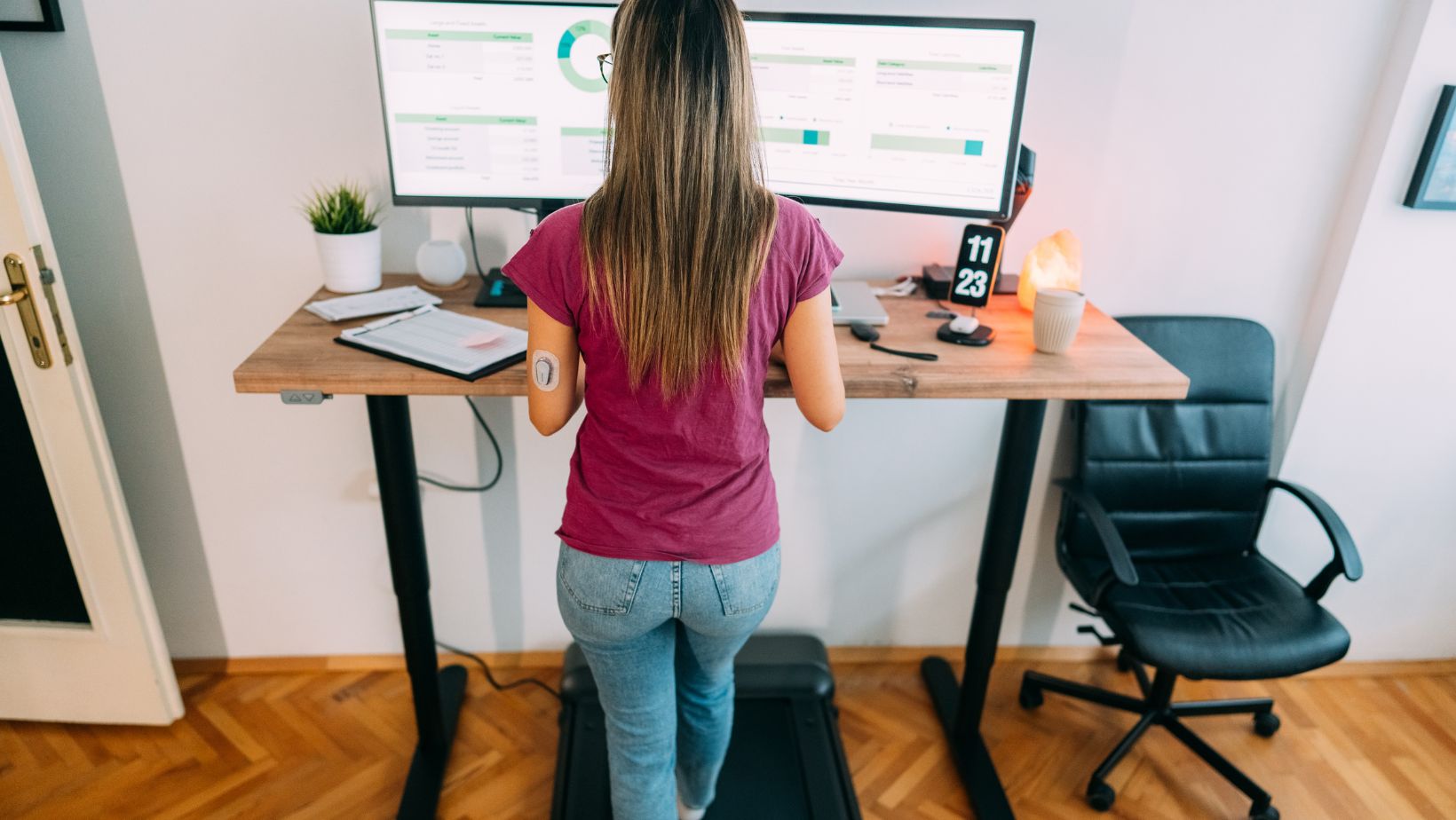College life is an exciting time for most of us, filled with new experiences both in school and in our personal lives. It’s also the period when we prepare for our future careers. However, balancing academics and extracurricular activities can be tough.
That’s why it’s so important to focus on students’ health, to help them study effectively and complete their tasks. Equipment like standing desks can make a big difference. These desks boost physical health and keep students focused and energized.
Research shows that sitting less and moving more in the classroom can help students avoid a sedentary lifestyle and improve their mental health. This approach can lead to better collaboration and engagement in class and even higher test scores.
Investing in student health with tools like standing desks is a simple step that can have a big impact. To find a perfect desk for your learning needs, read more and discover how these changes can transform the learning experience.
Benefits of Standing Desks for College Students
Standing desks aren’t just for office workers; they’re also becoming popular in college classrooms to help students learn better. Here are some of the known benefits of standing desks for college students.
-
Promotes Better Health
College students spend long hours sitting in classes, labs, and seminars. This sedentary lifestyle can lead to health problems over time. Our bodies are designed to move, so staying active is essential for good health. Standing desks encourage students to stand more during the day, reducing the risks associated with prolonged sitting. By using standing desks, students can break the habit of inactivity and develop healthier, more active routines.
-
Enhances Cognitive Abilities
Research from the Mayo Clinic and various educational institutions shows that standing can boost energy and focus. Standing desks help students stay alert and reduce behavior problems in class. This learning method has been shown to improve cognitive abilities, especially for students with ADHD. Standing while learning can make students more attentive and engaged, leading to better academic performance.
-
Supports Heart Health
While standing desks don’t replace traditional exercise, they can create a more active environment.

Studies suggest standing periodically throughout the day can be as beneficial as walking five miles a week. This activity level is excellent for heart health, helping students maintain cardiovascular fitness even during busy school days.
-
Improves Mental Health
Many students struggle with anxiety, depression, and low self-esteem, which can negatively impact their academic performance and social interactions. Standing desks can help alleviate these issues by promoting physical activity, which enhances blood circulation and releases mood-boosting chemicals in the brain. This can improve mood, reduced stress, and overall mental health.
-
Increases Focus
Standing up is known to enhance memory and focus. Studies show that using standing desks in the classroom can improve cognitive skills and lead to better test scores. When students stand during class, they feel more energized and alert, which helps them concentrate on their studies and perform better academically. Standing desks can reduce distractions and create a more conducive learning environment.
-
Reduces Back Pain
Many college students suffer from back pain due to poor posture while sitting for long periods. Standing desks can help alleviate this pain by promoting better posture and reducing the strain on joints and bones. Students can avoid the discomfort and long-term health issues associated with chronic back pain by alternating between sitting and standing.
-
Helps Manage Weight
Sedentary lifestyles contribute to weight problems, including obesity. Standing desks can help combat these issues by promoting movement and burning more calories than sitting. Studies reveal that using a standing desk can increase calorie burn by 17-35%. Standing is also linked to a lower BMI, which reduces the risk of diabetes, heart disease, and metabolic syndrome.
Standing desks offer numerous benefits for college students, from improved health and cognitive abilities to better mental well-being and reduced back pain. By incorporating these desks into classrooms, universities can help students develop healthier habits and achieve greater academic success. Read more to explore how these changes can significantly impact student life.
Creating an Optimal Learning Environment for College Students
Promoting a comfortable and collaborative classroom environment can significantly enhance college students’ academic and social experiences. Providing a space supporting their learning needs makes students more likely to complete their work efficiently and develop stronger social skills. An ergonomic classroom setup fosters creativity and gives students the freedom to explore and learn effectively.

Students who feel physically comfortable can better focus on their studies and participate actively in class discussions. Ergonomic furniture, such as standing desks and adjustable chairs, can help reduce physical strain and promote better posture, enhancing concentration and productivity. This physical comfort translates into a more positive attitude toward learning and a greater willingness to engage in classroom activities.
A collaborative classroom environment also encourages student interaction, helping them build essential teamwork and communication skills. These skills are crucial not only for academic success but also for their future careers. Working together on projects and assignments allows students to share ideas, solve problems collectively, and develop a sense of community and support within the classroom.
Moreover, a well-designed learning space that prioritizes comfort and collaboration can inspire creativity. Students not distracted by physical discomfort can channel their energy into innovative thinking and exploring new concepts. This freedom to be creative and think outside the box is vital for personal growth and academic achievement.
Investing in an ergonomic and supportive classroom environment is an investment in the student’s future. The habits and skills they develop in college will carry over into their professional lives, shaping the careers they pursue after graduation. By fostering a learning environment that values comfort, collaboration, and creativity, educators can help students reach their full potential.


More Stories
Is Vinyl Flooring a Safe Option for Homes with Pets or Kids? Expert Insights
What Makes Vinyl Flooring a Good Choice for Busy Households? 5 Reasons Explained
Touch ‘N Go Casino Payments